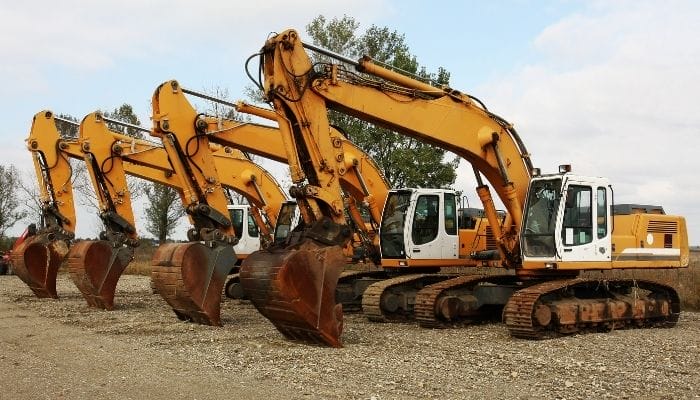Heavy equipment operators are some of the most important workers in modern society. They have a myriad of talents, including detecting final drive motor problems and helping construct the roads people drive on. So keeping them safe and educating them on safety procedures is critical.
That’s why this article will cover cab safety protocol when working with construction equipment to help inform you if you’re a current or potential operator.
External and Internal Inspection
Before entering the cabin, you should conduct a quick visual inspection of the heavy equipment’s exterior. A quick lap around the outside is all it takes to note any serious damage or wear and tear. This quick inspection can be the barrier between you and a major accident.
The same sentiment applies to internal inspections. While it will be quickly evident when something isn’t working, you’ll want to know if a piece of equipment is faulty before you’re in the middle of a construction site. Likewise, it’s best to check that all your components are working before you actually begin a job.
Required Personal Protective Equipment
No matter what equipment you’re handling, you need to wear the proper equipment. One piece of safety equipment that people feel like they can get away with not using is ear protection. For reference, you start damaging your hearing at 80 decibels. A bulldozer is one of the loudest pieces of heavy equipment you use, creating sounds that reach around 100 decibels.
Often, when people do a job for a long time, it becomes muscle memory. You may start to feel like you’ll know everything that can go wrong. Unfortunately, this causes some people to slack off on safety equipment like gloves, goggles, and vests. While it may seem tedious over time, this equipment should be non-negotiable in your mind. If a safeguard exists, it’s because someone got hurt without it.
Communication and Education
Although you’re wearing ear protection, communication is vital to prevent injury. Never assume you know what other people are doing or that other people know what you’re doing. Heavy machinery has horns, speakers, and walkie-talkies for a reason. Attentive communication is critical on any construction site.
However, your most effective tool is knowledge. You should always stay up to date with the best safety practices and manuals of whatever you operate. There are also classes available at local trade schools to help keep you informed. Being aware of the ins and outs of your equipment can prevent you or anyone else from getting seriously injured.
Now that you know a little bit more about cab safety protocol when working with construction equipment, you have a better sense of how to keep you and the people around you safe. Construction workers are a large cornerstone of society, and keeping them safe is always a top priority.








































